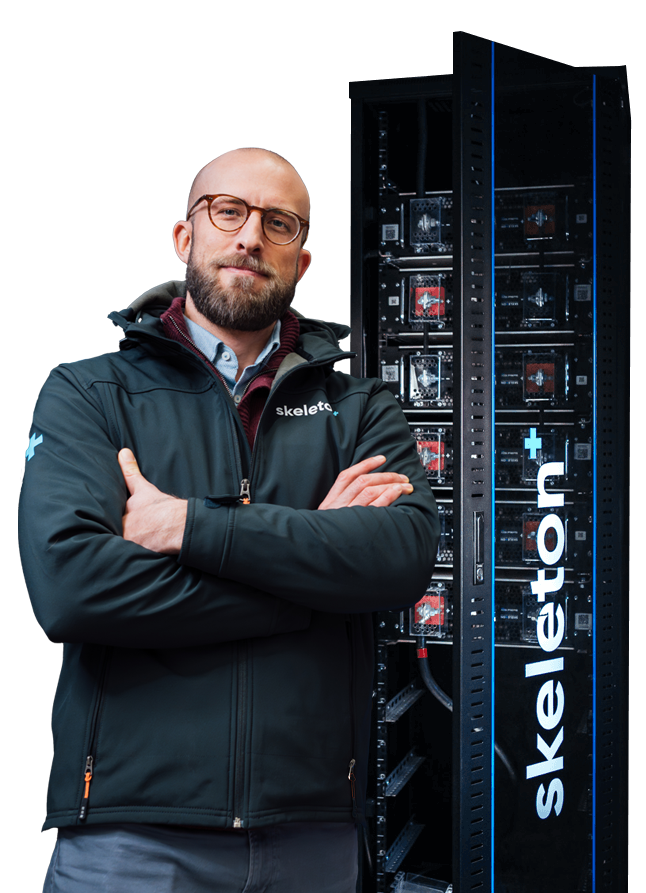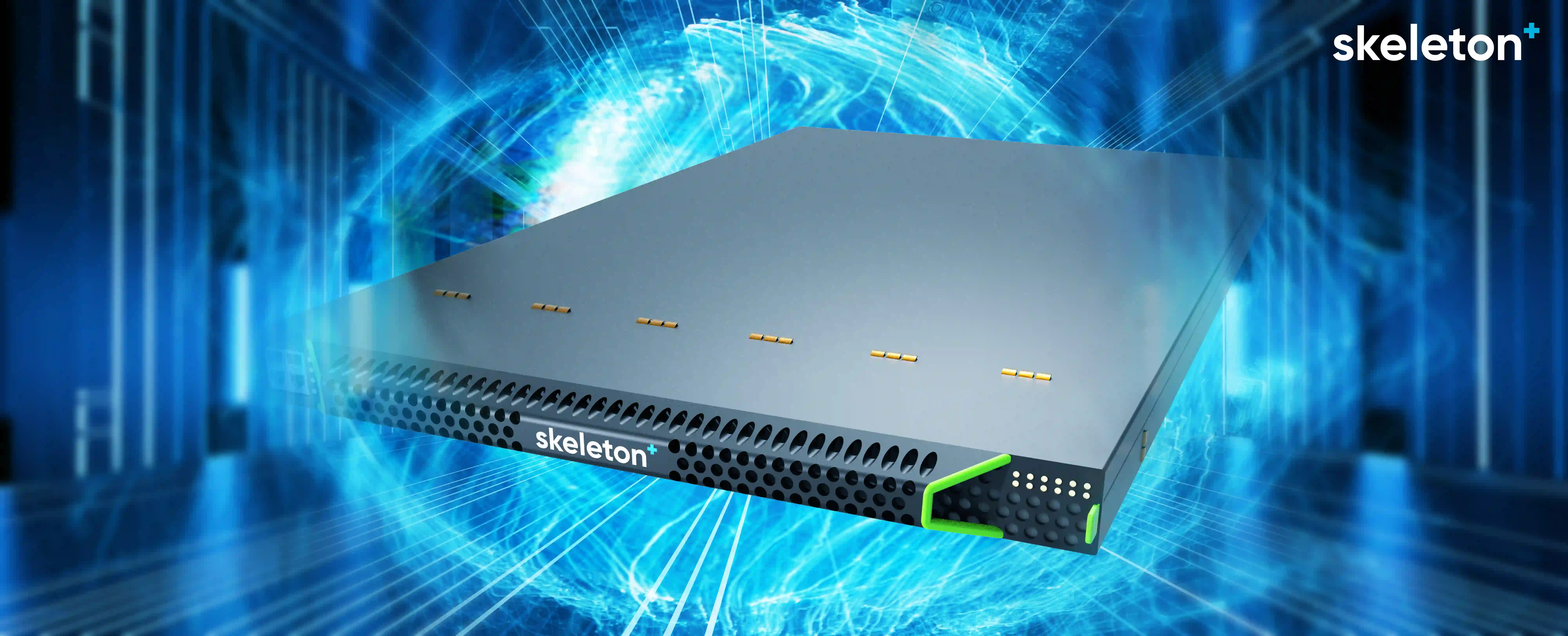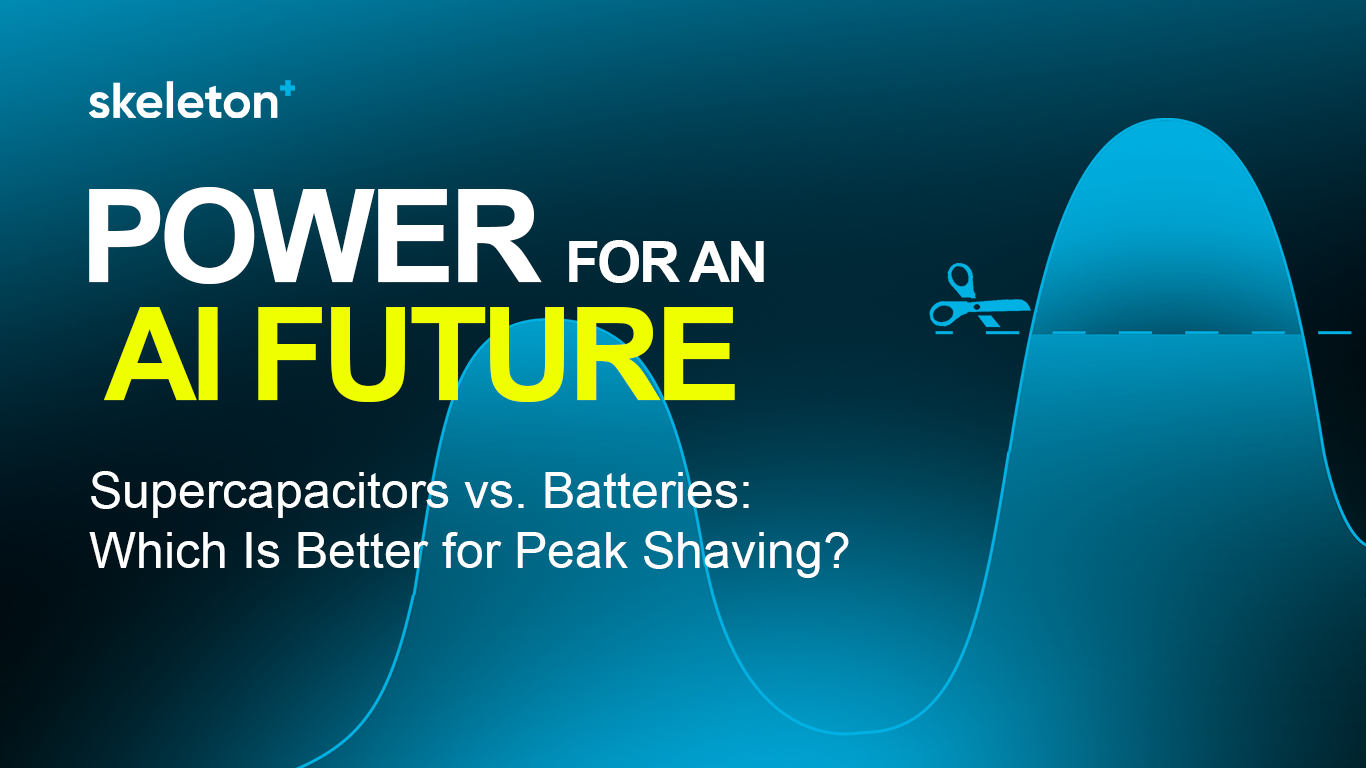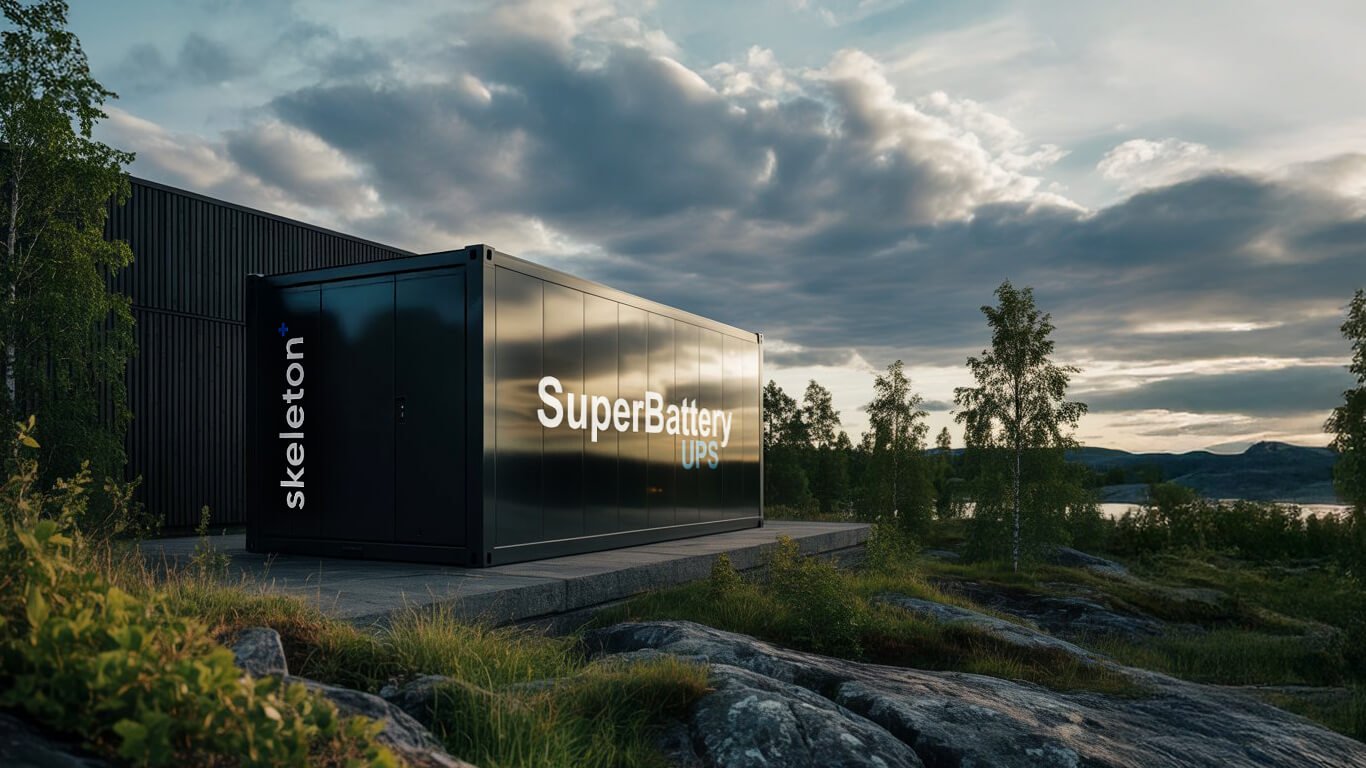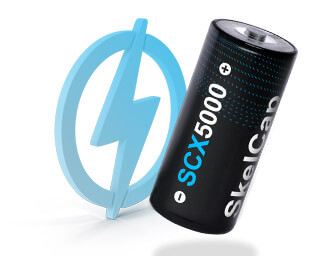
Supercapacitors Enable Grid-Friendly Fast Charging for Electric Vehicles
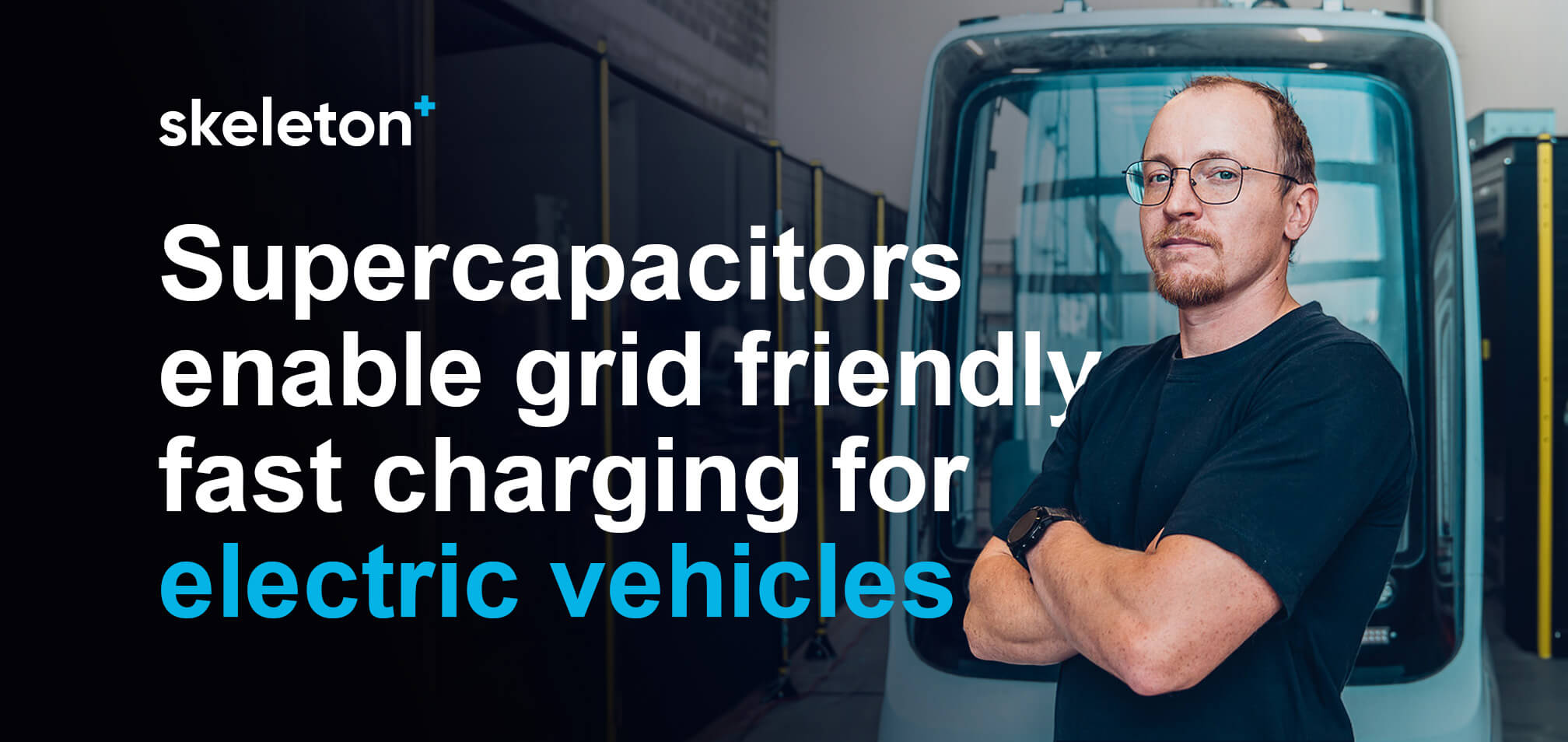
Skeleton has developed a supercapacitor-powered fast charging station for public transportation. The fast charging station enables buses and delivery vehicles to charge in seconds and drive for several kilometers on supercapacitors alone, proving supercapacitors as a viable solution for inner-city transportation needs.
The video below features Tanel Sinijärv, Senior Electrical Engineer at Skeleton, discussing the charging station and its applicability to urban transportation.
The charging station enables opportunity charging, allowing vehicles to charge quickly along their routes without having to drive to a charging depot and charge a traditional battery pack for hours.
Having the option to charge fast is of course very beneficial in reducing downtime and trips to the charging depot, but there's another key benefit to Skeleton's fast charging station: its ability to utilize a supercapacitor buffer to charge vehicles while maintaining a relatively low current connection to the grid means it is also reducing the strain on the grid, which is one of the key problems caused by the rapid increase in the number of electric vehicles.
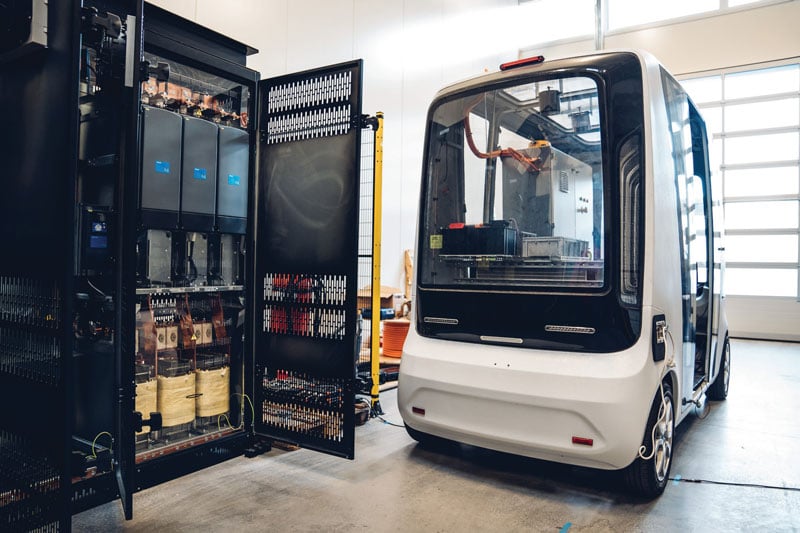
Auve Tech's autonomous shuttle alongside Skeleton's supercapacitor-powered charging station.
Skeleton's supercapacitor charging station is a clever solution to ensure power grids can maintain stability even at peak charging times, of course, granted that there are enough stations to go around.
Download our WHITEPAPER on the supercapacitor fast charging station
Supercapacitor charging station design
The main parts of the charging station are:
- The grid converter, which manages the slow draw of power from the grid and the state of charge of the buffer energy storage system.
- The grid buffer is a supercapacitor energy storage system, which buffers the energy during the slow charge from the grid, and discharges the energy quickly when a vehicle is charged.
- The charger converter, which manages the power flow to the vehicle and ensures safety during charging.
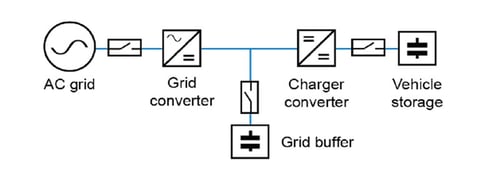 Charging station single-line diagram
Charging station single-line diagram
In addition to the main components, the charging station includes connectors, a PLC (Programmable Logic Controller), a communications network, and electrical protection systems.
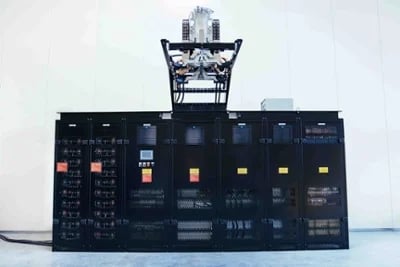 The current design of the charging station also includes a pantograph and a charging rail system. The pantograph is mechanically connected to a charging structure, designed by Skeleton based on the Auve Tech vehicle parameters.
The current design of the charging station also includes a pantograph and a charging rail system. The pantograph is mechanically connected to a charging structure, designed by Skeleton based on the Auve Tech vehicle parameters.
As a result of this project, the Auve Tech autonomous shuttle can be charged in about 30 seconds and each charge provides a range of about 7 kilometers or 4.3 miles.
We have written a whitepaper, detailing the project and the various parts of the charging station in much more detail. You can download the whitepaper here. You can also reach out to us directly to discuss how supercapacitor fast charging could help with your needs by emailing us at sales@skeletontech.com or connecting with our energy storage experts.
